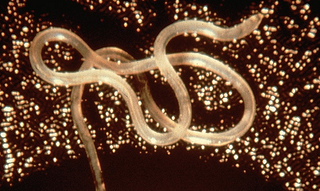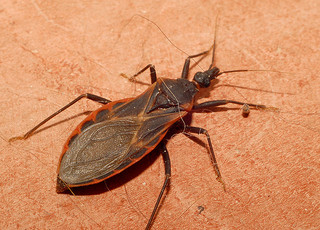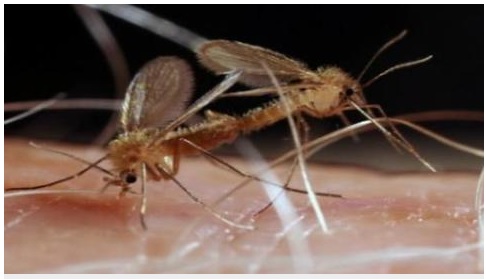Walk, Don't Run, From Killer Hornets

Since July, hornet attacks have killed 42 people and injured 1,675 people in Shaanxi province of China, according to the China News Agency. The attacks were centered on the cities of Ankang, Hanzhong and Shangluo. Over 200 people are receiving treatment in hospitals, and 37 patients remain in critical condition. The local government has mobilized its police and firefighters to help remove and destroy hornet nests.
The Asian giant hornet's sting isn't like any old bee sting. The 1.5-inch insects carry a venom that destroys red blood cells and can cause kidney failure or death, according to entomologist Justin O. Schmidt. He said the bigger problem is that the sting can trigger an anaphylactic reaction, which may lead to death due to airway closure or cardiac arrest. The neurotoxin in the venom is also strong enough to dissolve human tissue, according to the Guinness Book of World Records. Also, Asian giant hornets, unlike bees, can sting multiple times.
Locals and travelers alike should be prepared to face not only Asian killer hornets, but the dangerous creatures of all sorts that live in many different parts of the world. Take a look at some of the terrifying organisms below, but as always, stay calm and don’t run.
Organism: Loa Loa

Where: West and Central Africa
When: African deer flies, which transmit the loa loa worm, are most active during the day, especially during rainy season. They are attracted to the movement of people and the smoke from wood fires.
What it does: Known as the “eye worm,” Loa Loa are parasites that are spread through the bite of the African deer fly. The worm is particularly infamous for crawling out of eyeballs and causing Calabar swellings. The CDC estimates that between 3 and 13 million people in West and Central Africa are infected with the parasite.
Organism: Kissing Bugs
Where: North and South America
When: Kissing bugs emerge at night.
What it does: Human kisses aren't the only kind that spread illnesses. The bite of a kissing bug, also known as a triatomine bug, can transmit Chagas disease. Some of the initial symptoms of the disease include fever, body aches, vomiting, diarrhea and swelling of the eyelids, according to the CDC. Later in life, people affected by Chagas disease can develop cardiac and intestinal complications, such as an enlarged heart, an enlarged colon, cardiac arrest and difficulty eating. Kissing bugs are known for biting areas of the face, including the mouth and eyes.
Organism: Sand flies

Where: South America, Central America, Africa, and parts of Asia
When: Sand flies are most active from dusk to dawn.
What it does: These tiny flies are almost impossible to detect. Sand flies do not make any noise and they are about a third of the size of a regular mosquito. These stealthy creatures can transmit a terrible disease that leaves victims covered in sores and scars. Leishmaniasis affects 12 million people worldwide, according to the World Health Organization, and the worst type of this disease gnaws away at the face of the victim. Victims may also develop ulcers and see a decrease in their red blood cell, white blood cell and platelet counts.
Organism: Mosquitoes

Where: On every inhabited continent
When: Mosquito season varies depending on location, but many species are most active around dawn or dusk.
What it does: The good old mosquito may be widespread across the globe, but that doesn’t make it any less dangerous. There are more than 3,000 species of mosquitoes, but only three are known to carry diseases, according to National Geographic. They can spread malaria, yellow fever, dengue fever and numerous other diseases. Mosquitoes use exhaled carbon dioxide, body odors and temperature and movement to hone in on their victims.
The best practice to prevent insect stings and parasite infections is simply to cover up, according to virologist Dr. Mike Leahy. Leave the tank tops and open-toed shoes at home. Bug spray can be used as an extra precaution, but even that may not be fully effective, depending on the amount and type of chemical or natural repellent in the product. A study on the effectiveness of insect repellent against mosquito bites was published in the New England Journal of Medicine. If one does come across hornet’s nest, stay calm and resist the urge to scream. Walk away, slowly. Very slowly.
Reach Staff Reporter Meghan Coyle here.



